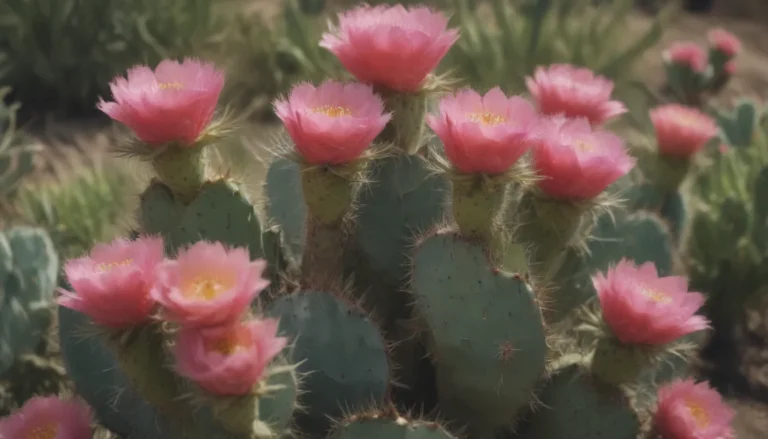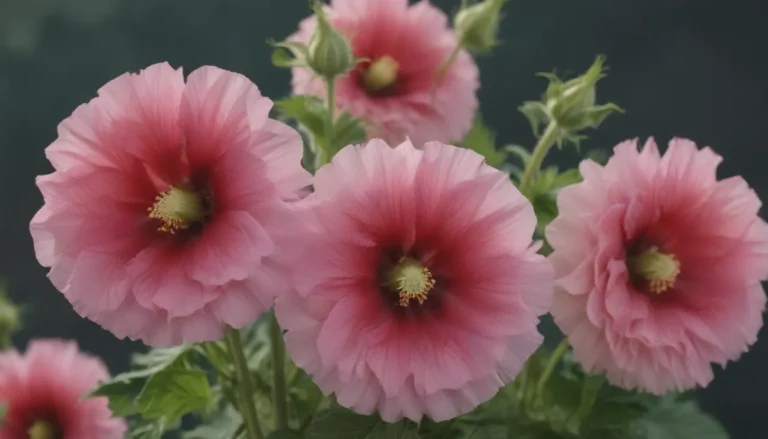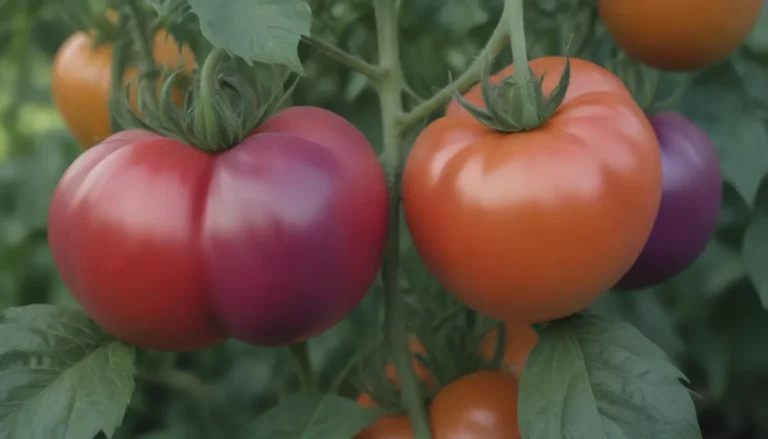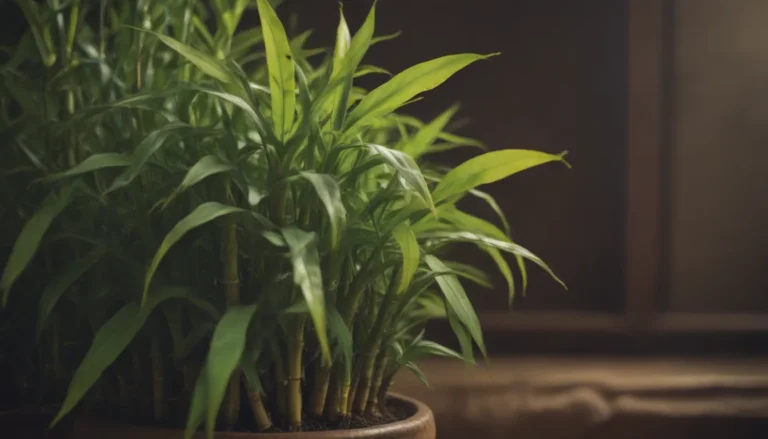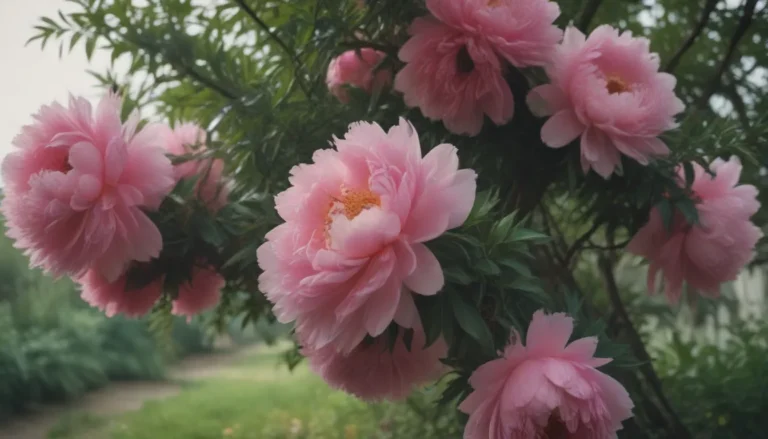The Ultimate Guide to Container Vegetable Gardening
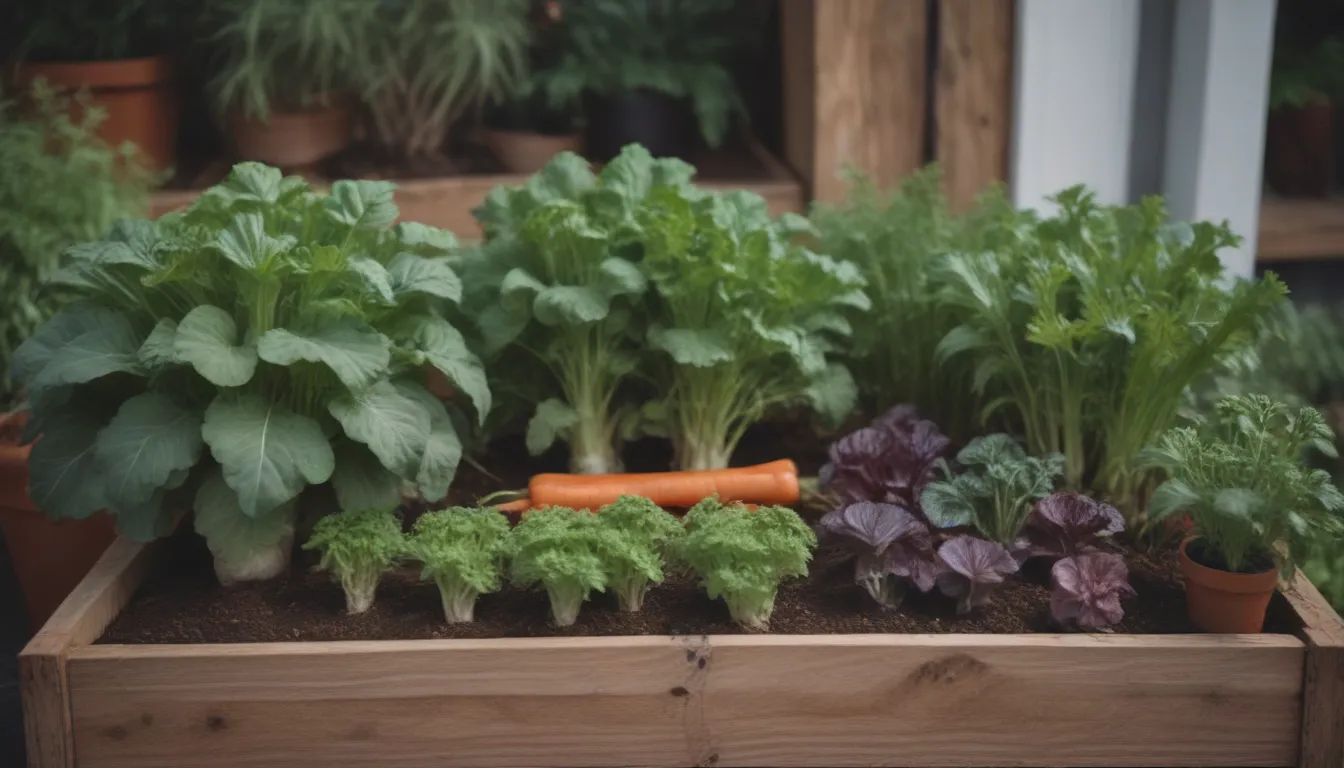
If you’re new to gardening or lacking space for a traditional garden, container vegetable gardening is the perfect solution for you. Not only does it reduce the challenges posed by weather and critters, but it also provides the flexibility to grow your favorite vegetables in a limited space. Whether you have a small balcony, patio, or porch, you can create a thriving vegetable garden with just a few pots and quality soil.
Benefits of Container Gardening
Container vegetable gardening offers several benefits that make it an attractive option for beginners and experienced gardeners alike:
- Requires limited space
- Reduces problems with pests and diseases
- Provides flexibility to move plants as needed
- Easy to maintain and care for
When it comes to container gardening, choosing the right vegetables is key to success. Here are 10 vegetables that thrive in containers and can provide you with a bountiful harvest:
Tomatoes (Solanum lycopersicum)
Growing tomatoes in containers is not only easy but also incredibly rewarding. Tomatoes thrive in large containers and require staking or a tomato cage to support their heavy fruit. When planting tomato seedlings, be sure to look for short, stocky plants without blossoms yet. Remember, the larger the tomato variety, the bigger the pot it will require.
USDA Growing Zones:
Sun Exposure:
Soil Needs:
Peas (Pisum sativum)
Peas are perfect for container gardening, especially since they can be planted in early spring and again in the fall. With three types of peas to choose from, including English peas, snow peas, and sugar snap peas, you can enjoy a variety of flavors and textures. Most peas will require some type of support, so be prepared to provide them with a trellis or other structure.
USDA Growing Zones:
Sun Exposure:
Soil Needs:
Potatoes (Solanum tuberosum)
Freshly picked potatoes have a unique flavor that you won’t find in store-bought potatoes. Growing potatoes in containers requires ample soil and water, but the effort is well worth it. Containers also provide protection against diseases like blight, making it easier to maintain healthy plants.
USDA Growing Zones:
Sun Exposure:
Soil Needs:
Squash (Curcurbita)
Squash is an easy vegetable to grow in containers, but it does require a reasonable amount of space. Ideal growing conditions for squash include plenty of light, good soil, and consistent watering. Be mindful of the variety you choose, as some types can grow quite large and may require additional support to prevent toppling.
USDA Growing Zones:
Sun Exposure:
Soil Needs:
Lettuce and Salad Greens (Lactuca sativa)
Growing lettuce and salad greens in containers is a fast and convenient way to enjoy fresh greens throughout the season. Container gardening allows you to control weeds and pests more easily than traditional gardening methods. With newer varieties developed to withstand hot temperatures, you can extend your harvest by moving your containers to cooler areas as needed.
USDA Growing Zones:
Sun Exposure:
Soil Needs:
Hot and Sweet Peppers (Capsicum annuum)
Peppers are not only delicious but also add a pop of color to your container garden. They thrive in large containers with ample sun exposure and consistent watering. With a wide range of shapes, sizes, and colors, you can choose from mild to spicy varieties to suit your taste preferences.
USDA Growing Zones:
Sun Exposure:
Soil Needs:
Cucumbers (Cucumis sativus)
Cucumbers are fast-growing vegetables that do well in containers, especially when provided with heat and moisture. Choose between bush and vining varieties, and opt for a large pot to accommodate their growth. With proper care and a trellis or support structure, you can enjoy a bountiful harvest of crisp, refreshing cucumbers.
USDA Growing Zones:
Sun Exposure:
Soil Needs:
Radishes (Raphanus sativus)
Radishes are quick-growing vegetables that do not require much space in containers. With a shallow depth of 4 to 6 inches, you can easily grow radishes in decorative pots on your porch or balcony. Enjoy a variety of flavors and colors by selecting different types of radish seeds for your container garden.
USDA Growing Zones:
Sun Exposure:
Soil Needs:
Arugula (Eruca vesicaria)
Arugula is a flavorful green that thrives in containers with minimal space requirements. With a pot 8 inches deep and 6 inches in diameter, you can enjoy the peppery leaves and edible flowers of arugula throughout the season. Be mindful of sun exposure, as arugula prefers morning sun and partial shade in the afternoon.
USDA Growing Zones:
Sun Exposure:
Soil Needs:
Eggplant (Solanum melongena)
Eggplant not only tastes delicious but also adds visual interest to your container garden. Choose compact varieties like ‘Fairytale’ and ‘Hansel’ to avoid heavy, bush-like growth that can overwhelm your containers. With large pots and glazed containers to retain moisture, you can enjoy a bountiful harvest of flavorful eggplants.
USDA Growing Zones:
Sun Exposure:
Soil Needs:
Tips for Successful Container Gardening
To ensure your vegetable container garden thrives, consider the following tips:
- Adjust watering and feeding to account for faster depletion of soil moisture and nutrients in containers.
- Choose the right size container based on the specific needs of each vegetable.
- Provide adequate sun exposure and water for healthy plant growth.
With the right vegetables and proper care, you can enjoy a thriving container vegetable garden on your porch, patio, or balcony. Experiment with different combinations of vegetables and get creative with your container gardening ideas to create a beautiful and productive garden space. Happy gardening!
